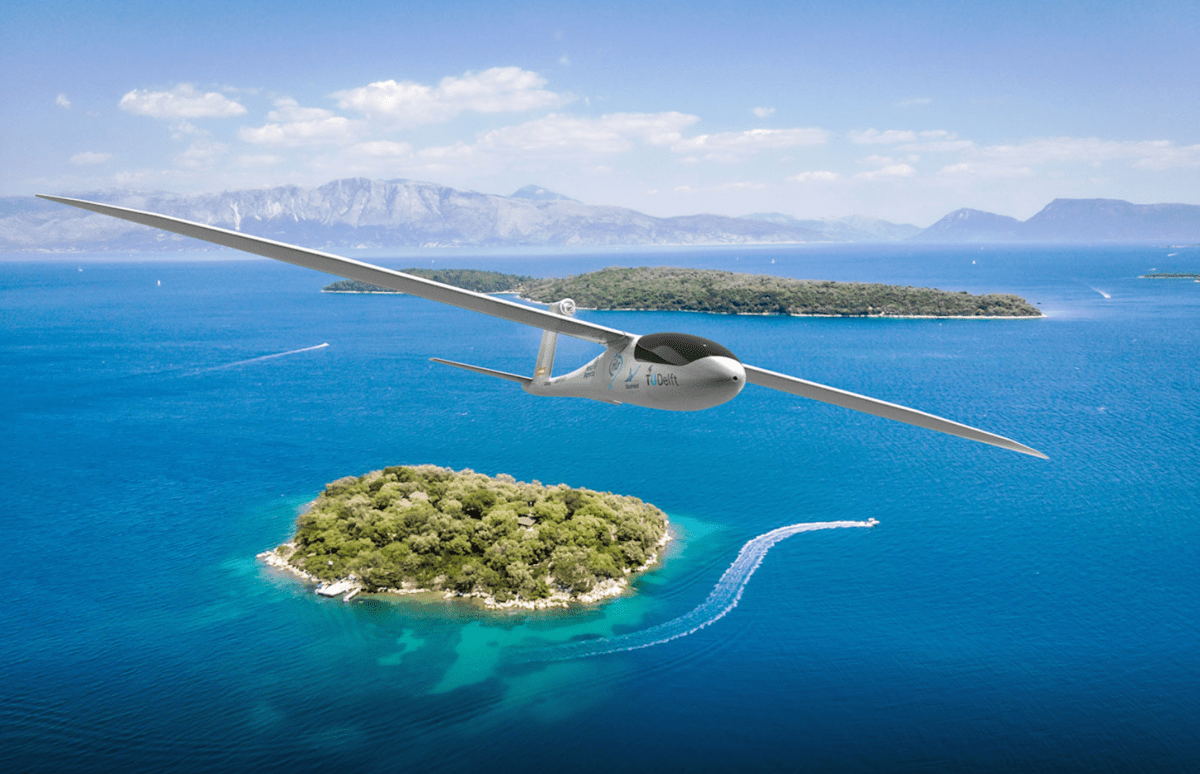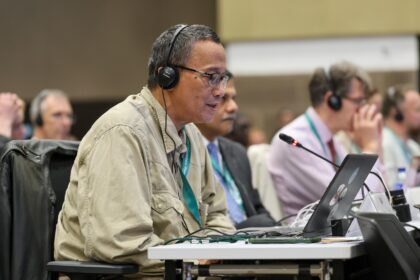[ad_1]
A group of Dutch students have defied many skeptical mainstream aviation experts by proceeding to unveil the world’s first hydrogen-powered aircraft.
In fact, the student team from Delft University of Technology in the Netherlands — which calls themselves the AeroDelft team — plans to fly Phoenix PT, the world’s first prototype aircraft with liquid-hydrogen fuel cells in July, according to a report in The Robb Report.
The students, comprising 23 nationalities, started the hydrogen aircraft project in September 2018.
“This is really a Christmas present feeling,†said Sam Rutten, who managed the prototype production. “Now that we have an actual plane, the team’s motivation is rekindled and everyone is ready for the challenges to come.â€
AeroDelft recently completed the ground tests for the crew-less Phoenix PT, which weighs about 113 pounds, the report said.
Resembling a glider and covered with sponsor logos, it will carry two pounds of liquid hydrogen for its maiden flight.
Hydrogen is kept in a cryogenic tank at -253°C and warmed to 0°C using a complex tubing system. Phoenix is also designed to have an unusually low noise profile.
It is powered by a 1500W fuel cell coupled with a battery pack for take-off power and safety.
AeroDelft calculates Phoenix PT will have a range of 311 miles and flight time of up to seven hours.
AeroDelft also began building a full-scale, two-passenger aircraft Phoenix FS last October. It is scheduled to make its first flight in 2022, the report said.
AeroDelft chose liquid hydrogen to fuel its Phoenix aircraft because hydrogen is not only the world’s lightest element, but it can pack three times the energy of fossil fuels without emitting any greenhouse gases. It emits only water vapor.Â
It is also designed to have an unusually low noise profile, with a tail-mounted electric motor, the report said.
With a wingspan of 164 feet, the full-scale Phoenix FS will have a crew of two and hold up to 22 pounds of liquid hydrogen for an expected range of 1,243 miles and flight time of up to 10 hours.
The two-passenger model’s 2022 flight will be powered by gaseous hydrogen. In 2024, Phoenix FS is expected to fly with liquid hydrogen, the report said.
AeroDelft’s sights are set beyond the flight of the Phoenix, with the team’s projection for the first hydrogen-powered flight around the world to happen by 2025, and the first commercial, hydrogen-powered aircraft, the Greenliner, to begin operations by 2035.
Greenliner is a liquid hydrogen airliner capable of flying 19 passengers plus pilots up to 925 km (570 miles).
Delft University also achieved another milestone last September, successfully demonstrating a prototype of the Flying V, a blended-wing design that promises to be much more fuel-efficient than traditional commercial aircraft, the report said.
The Flying-V’s unique design places the passenger cabin, the cargo hold and the fuel tanks in the wings, and experts hope that the plane’s aerodynamic shape will cut fuel consumption by 20% compared to today’s aircraft.
Experts tested a 22.5 kg and 3-meter scale model of the futuristic airplane, developed by researchers at Delft University in partnerhsip with Dutch airline KLM, to take the highly anticipated aircraft along its next developmental steps.
French aerospace giant Airbus also plans to fly its first zero-emission commercial aircraft this year. Its ZEROe program is looking at different configurations and technologies for hydrogen power.
While liquid hydrogen is the fuel of choice for the space program, having it become the primary fuel for commercial aircraft has its challenges.
Aircraft designers will need to ensure that its storage on board future aircraft will be as safe as existing commercial airliners, while also developing hydrogen storage facilities at airports.
Current hydrogen extraction is highly energy intensive, so ways to harvest “green hydrogen†using water electrolysis are being explored.
Guillaume Faury, the Airbus chief executive, told The Guardian, the “historic moment for the commercial aviation sector†marks the “most important transition this industry has ever seen.
“The concepts we unveil today offer the world a glimpse of our ambition to drive a bold vision for the future of zero-emission flight.
“I strongly believe that the use of hydrogen — both in synthetic fuels and as a primary power source for commercial aircraft — has the potential to significantly reduce aviation’s climate impact,†he said.
Sources: Robb Report, The Guardian, FuelCellsWorks.com, AeroDelft, Airbus, InceptiveMind.com
[ad_2]
Source link













